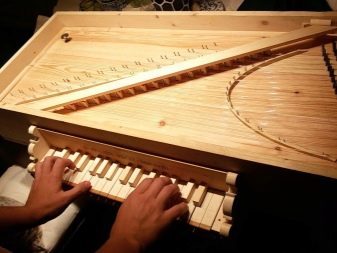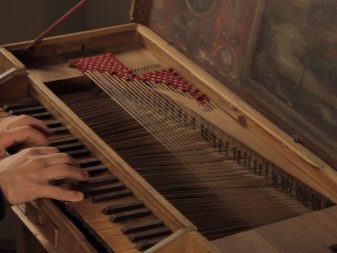Musical instrument spinet
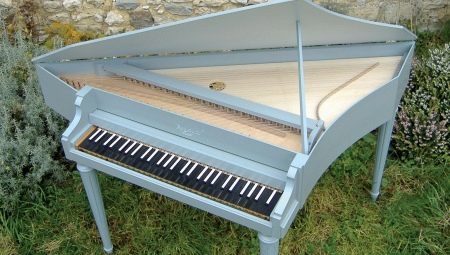
Spinet is a stringed musical instrument with a rich history. Its main purpose is to be a musical instrument for making music at home. But sometimes it is used in small orchestras performing old romantic music.
Peculiarities
Spinet is a small size home keyboard-plucked string instrument. It is a relative of the harpsichord, often rectangular in shape and without legs. Range is 2 to 4 octaves. When making an instrument, single strings are pulled diagonally from the left to the right - this is the difference between the spinet and other types of harpsichord.
The origin of the oldest specimens is mainly Italian. The oldest example of an Italian spinet dates back to the late 15th century. Many tools are pentagon or hexagonal in shape. For such instruments, the keyboard is located on the long side. Italian craftsmen performed other instruments in the form of a wing, which later became very fond of the inhabitants of foggy Albion.
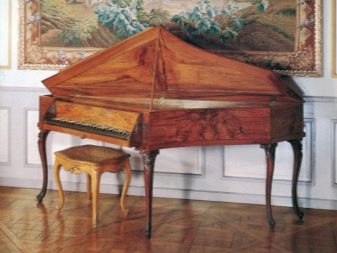
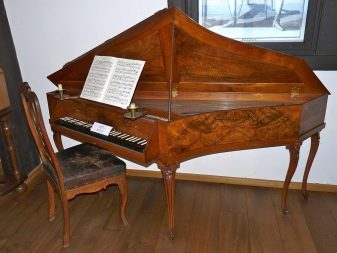
This type has become popular as a household tool. Moreover, by the end of the 17th century, he replaced the rectangular virginel, which was previously so popular in home music.
The most famous is the oval spinet made in 1690 by Bartolomeo Cristofori. This is the first instrument of this kind by an Italian master. Intended for solo and home performances. Later, the master instrumentalist will invent his main masterpiece - the piano.
The instruments were varied, different from each other in form and configuration. They often looked like a small box, a book, which was convenient to take on long trips. Sometimes they were decorated with precious stones, carvings, and also inlaid with ivory and mother-of-pearl.Expensive decoration gave the thing the status of an attribute of a rich house.
In the court life of our state at the end of the 17th century, there were spinets called "okhtavki".
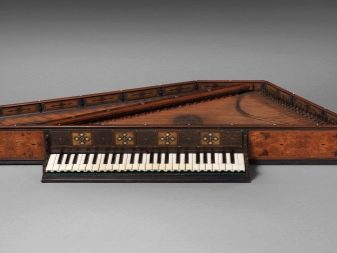
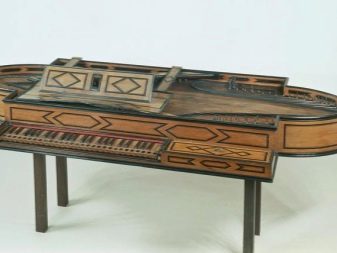
The earliest surviving instrument came from the hands of the master A. Passy in Modena (Italy). The second is located in Cologne, it was also made by an Italian master at the end of the 15th century.
In the Central Museum of Musical Culture named after Glinka in Moscow contains two unique instruments of the second half of the 16th century. The older one is the work of the master Marko Nucleus. It was once owned by the most famous Medici family in Florence. The rationale for this is the presence of three gilded plaster medallions on the front panel. On them you can see the great Tuscan Duke Francesco I Medici, his wife Joanna and King Charles IX of France, the son of Catherine Medici.
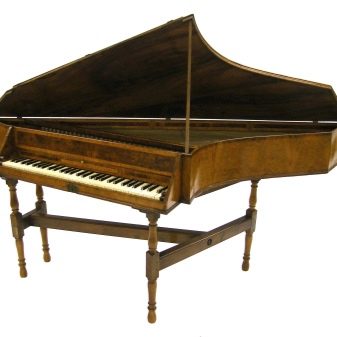
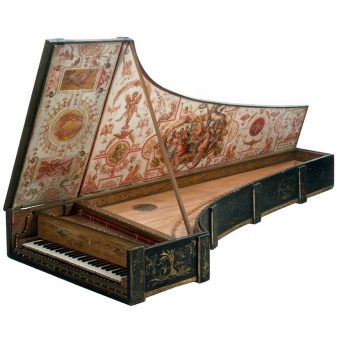
According to legend, the spinet, once in our country, was in the collection of musical instruments of Prince V. F. Odoevsky. Later the collection was donated to the Moscow Conservatory. Here, after the beginning of the Second World War, the spinet was accidentally discovered on the site near the library. The exhibit was shown for many years, but did not sound. After restoration in 2013, the century-long silence was broken. The spinet sound can now be heard in the orchestra. In total, there are 5 such instruments in the world, of which only two sound.
The 1593 spinet was made in Flanders. Belonged to Prince V.P. Kochubei. The spinet is housed in a wooden box with many small drawers that are richly inlaid. Handles are attached to the sides for carrying.
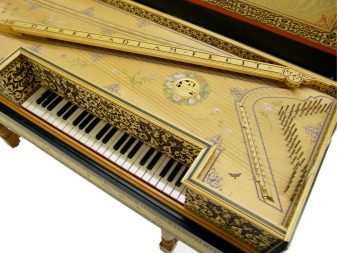
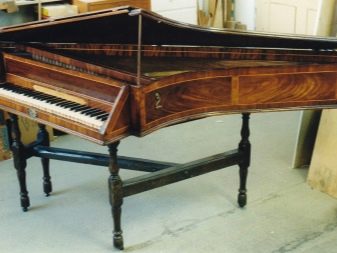
In the exposition of musical instruments of the Sheremetyevo Palace in St. Petersburg, you can see a rare German spinet cabinet of the 17th century. It can be played in the same way as a regular small harpsichord, but it can also be used as a mechanical instrument that can sound on its own using a roller with brass pins. Six pieces are recorded on the roller. It rotates and sets in motion five figures of ladies and gentlemen dancing in the ballroom. The figures are located in the middle of the instrument - the bureau. The mechanism is complex, contains small details and decorations.
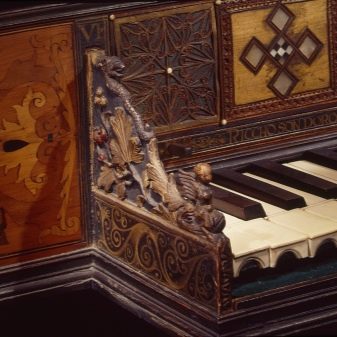
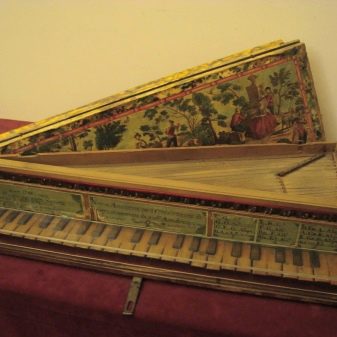
In German Eisenach, the spinet of J.S.Bach has been preserved. It is located in the house-museum of the great composer.
Structure
The spinet consists of a body resting on four supports. It has one manual and one row of strings. The most significant element is the keyboard. Above is a cover, when raised, the strings, pegs and staves are visible. The parts are placed in an oven, most often made of walnut wood. The range can be up to four octaves, which makes it possible to perform many classical works on it.
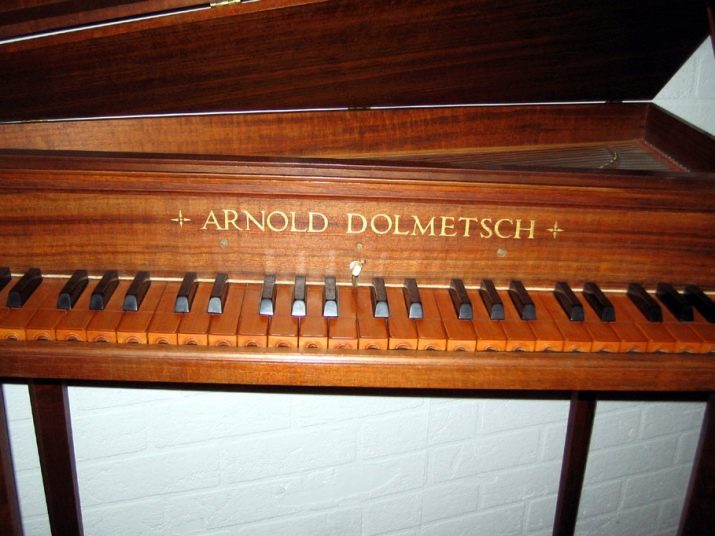
The tool was made of wood and copper. The body is made of wood, the strings are made of copper. The stands were either oak or mahogany. The instrument is very compact, therefore it is convenient for chamber music lessons. It is small in size - a maximum of 80x150 cm. Such dimensions made it easy to transport this item.
Sound
The spinet primarily serves as an accompanying instrument. Sound production occurs due to the twitching ("plucking") of the string with the sharp end of the bird's feather barrel. The tuning was an octave or fifth higher than the tuning of a large weather vane (also an instrument in the harpsichord row).
The sound of the spinet is brilliant, sonorous, somewhat abrupt. But it is impossible to smoothly change the dynamics (sound volume) on this instrument, as well as on the harpsichord in general. At the same time, the sound is quieter than that of the harpsichord.
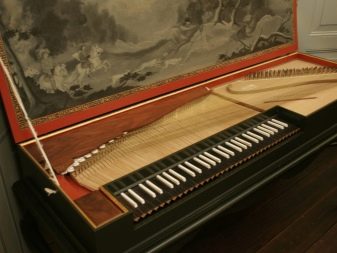
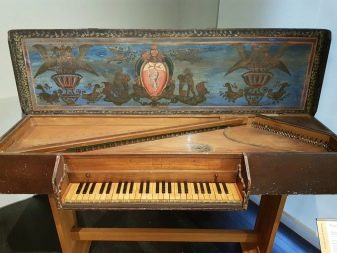
In recent years, there has been an interest in rare, rare instruments. Spinet today is most often a museum exhibit, but modern models are also made in Italy and the USA.
We can say that this interesting instrument is able to favorably influence the musical culture of our time with its appearance, mobility and romantic sound.
